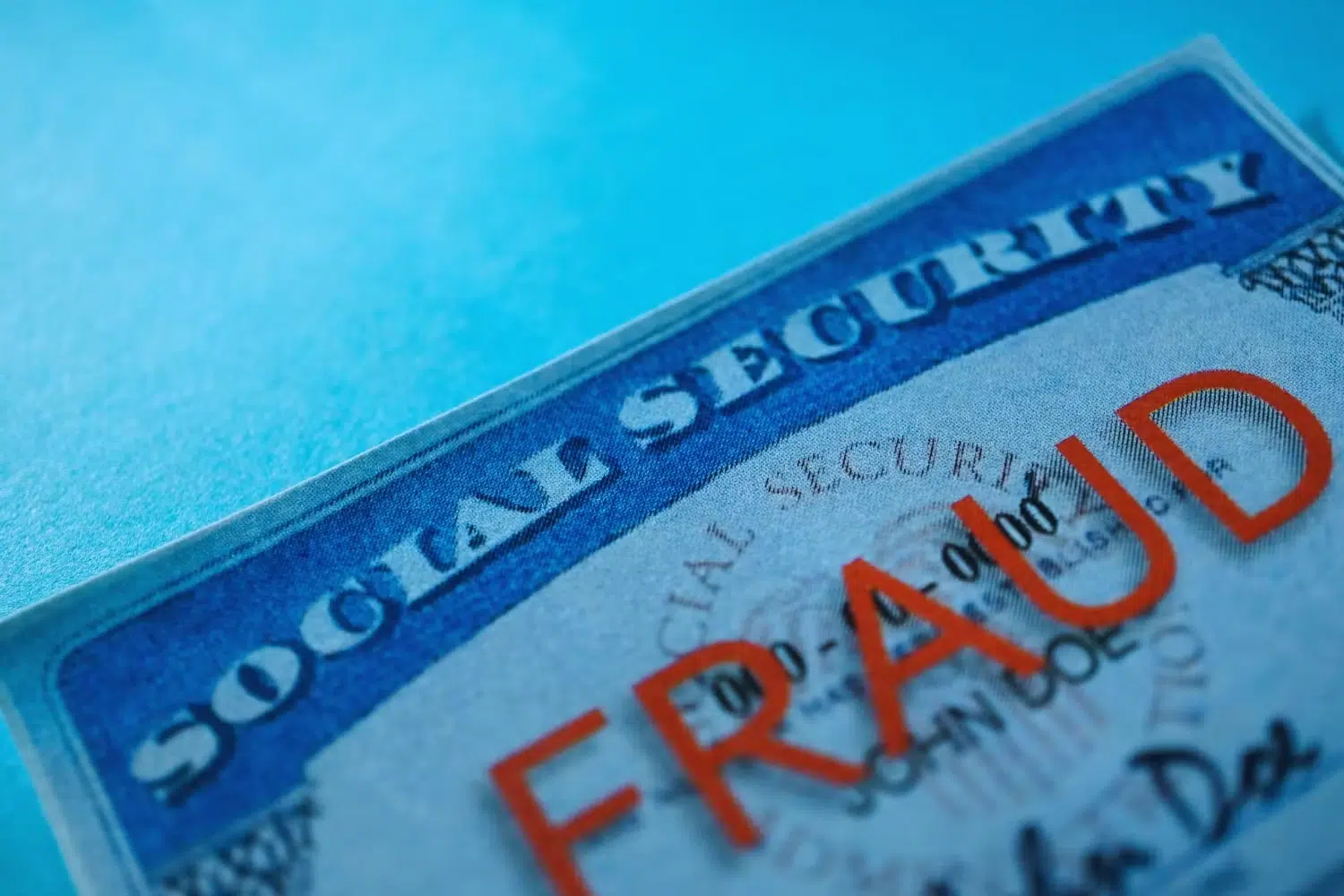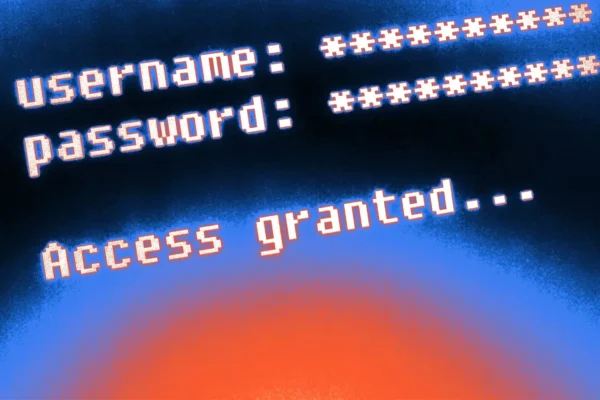
How to Protect Yourself Against Social Security Scams

Over 69 million Americans received benefits administered by the Social Security Administration (SSA) in 2019—a number that is only likely to grow as more baby boomers decide to retire and access their benefits. With such a large portion of citizens receiving money from the government every month, it’s no surprise that Social Security scams are of growing concern to many aging adults and their caregivers. We’ll cover how you can recognize potential SSA scams and what to do if you think you or your loved one has been targeted.
Common Social Security Scams
Social Security scammers use a variety of different methods to try to get ahold of personal information in order to access your Social Security benefits or Social Security account. A few of the most common tricks used by scammers to steal your personal information are listed below, along with ways to recognize and protect yourself from each.
The Scam: Fraudulent Phone Calls
The Federal Trade Commission has reported an uptick in the number of people reporting fraudulent calls from the SSA. These calls have become more convincing over time, as some scammers use spoofing techniques so that the legitimate Social Security hotline phone number appears on your caller ID. To make the call seem even more genuine, the scammer may identify themselves using the name of a real government employee.
The caller may state that your Social Security number will be suspended due to suspicious activity or that it’s been involved in a crime. They will then threaten you with legal action if you do not call a particular phone number to fix the issue. Alternatively, you may be asked to confirm your SSN to reactivate it, thereby providing an easy path for the scammer to commit identity theft. In yet another variation, the caller may state that your bank account will be seized, and if you want to protect your money, you should send it to the SSA on gift cards or prepaid debit cards so they can “protect” it.
Hot tip: if a stranger or a company asks you to send funds via gift card, it’s a scam. Gift cards are useful tools when they are used as gifts—not payments!
How to Protect Yourself
While the call may appear legitimate, its content is a good indicator of whether or not it is a scam. The SSA will never threaten you for information or potential arrest, nor will they request payment in any way. The Social Security Administration’s Office of the Inspector General (OIG) warns citizens not to engage with these callers or give out any personal information. The best thing you can do if you receive one of these calls is to hang up immediately and report it to the OIG at 1-800-269-0271 or online at https://oig.ssa.gov/report.
The Scam: Fraudulent Text Messages
Just like the fraudulent phone call scheme used by many scammers, text messages have also been used to frighten people into sharing their personal information. The Inspector General of Social Security notes that it has received an increasing number of reports of text messages to personal cell phones purporting to come from the SSA. These texts warn the recipient that there is a problem with their Social Security number and that they must call back a specific number or legal action will be taken against them.
How to Protect Yourself
The SSA states that it will never threaten legal action if you don’t immediately pay a fine or fee, promise to increase your benefits in exchange for an upfront payment or request payment via gift card, wire transfer, cryptocurrency, or cash in the mail. If you receive any texts that seem suspect, the Social Security Administration advises you to ignore such texts and instead to report them .
The Scam: Phishing Emails
Email is another method of communication used to trick would-be victims into sharing their personal information. In recent years, scammers have been known to send emails that seem to be from the Social Security Administration. These emails warn the recipient that there has been unauthorized use of their Social Security number and offer to help taxpayers monitor their credit report if they click on a link in the email. This is a phishing scam—the link may allow the scammer to install malware on your computer or even lead you to an official-looking website that asks you to share your personal information.
How to Protect Yourself
If you receive an email from what appears to be the Social Security Administration, do not click on any links or attachments. If it was automatically filtered into your spam or junk folder, chances are it’s a scam. However, if your email service’s spam blockers did not catch the fake, be sure to hover over any links to make sure they are legitimate, official links. If the email seems at all questionable, report it to the FTC and the agency it’s imitating.
Hot tip: It’s smart to avoid clicking links in general. Instead of clicking, find the legitimate site by searching in Google and verify that it is the official site before entering any information.
The Scam: Snail Mail
While most scams these days seem to be carried out via digital means, paper mail is still a favorite of con artists who are looking to swindle older adults. In this scam, you may receive an official-looking letter in your mailbox that appears to be from an official at the Social Security Administration on SSA letterhead. The letter might claim the recipient has received a cost of living adjustment—or COLA—increase, but in order to activate it, they have to call a toll-free number and share their personal information.
How to Protect Yourself
Any letter that requires you to provide additional information in order to receive a benefit should be suspect. The SSA automatically provides COLA increases without the need for any action on your part. If you do receive a letter from the SSA, it will never request your personal information.
How to Protect Your Loved Ones
If you are a caretaker for an aging parent or relative who you fear may fall victim to such social security scams, there are steps you can take to help protect them. The first thing you should do is alert your loved one to the types of scams listed above and encourage them to be skeptical and cautious if they receive any communication from the Social Security Administration. They should never take immediate action or transfer money. In addition to these warnings, there are also concrete steps you can take to minimize the chances of Social Security fraud:
- Put them on the Do Not Call Registry. You can register your loved one’s cell phone and landline numbers (if they still have one) with the Federal Trade Commission’s National Do Not Call Registry. This will only block calls from legitimate telemarketers, so they should be extra suspicious of any strange phone calls they receive.
- Activate Spam Blockers for Phone and Email. Your aging relative’s cell phone provider likely already has a spam blocker in place, but make sure it’s activated. Their email service provider also probably has a built-in spam blocker, but show them how it works and also how to mark suspicious emails as spam on their own.
- Limit paper junk mail. You can register your parents or loved ones at DMAchoice.org to opt out of direct mail from the Direct Marketing Association. This won’t prevent scammers from sending phony letters, but it will make those letters easier to spot.
- Keep open lines of communication. The most effective way to protect your loved ones from fraud and scams is to stay in touch. Regularly reach out to see how they’re doing and keep your eyes and ears open for signs of any scam-like communications.
Stay Vigilant and Skeptical
Scammers have become more and more sophisticated in their methods over the years, but there are still ways to recognize fraud. Always be wary of any communication that is threatening, requires immediate action, or requests personal information. When it comes to protecting your personal information, it’s always best to remain skeptical.
Become an Amplify Member
Every Amplify account holder enjoys fee-free banking. That means no overdraft, maintenance, or other banking fees cutting into your pocket.


